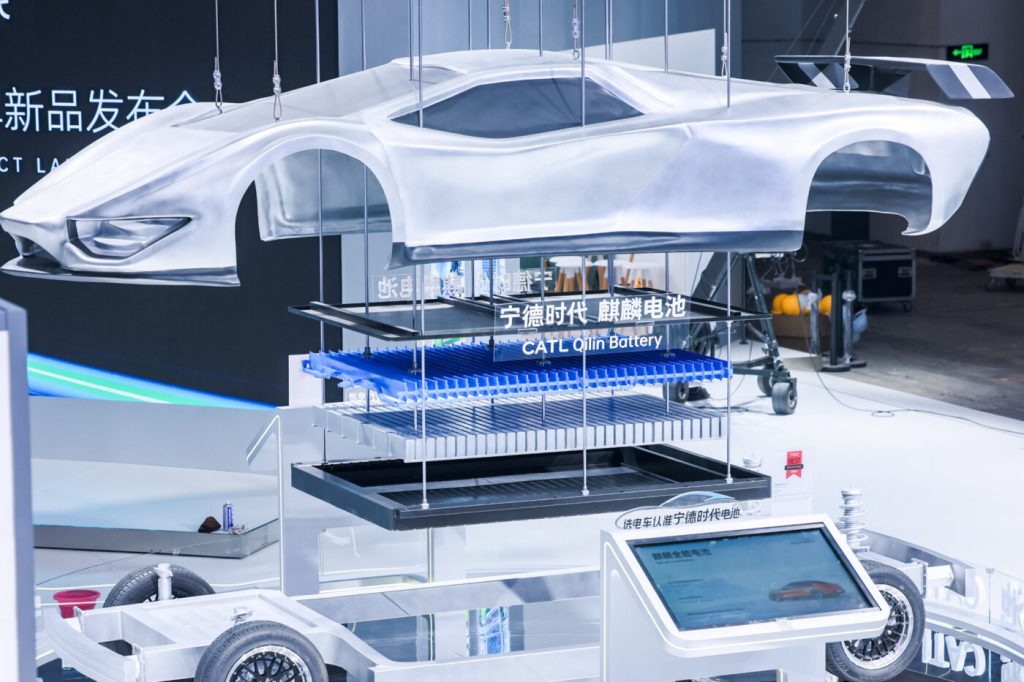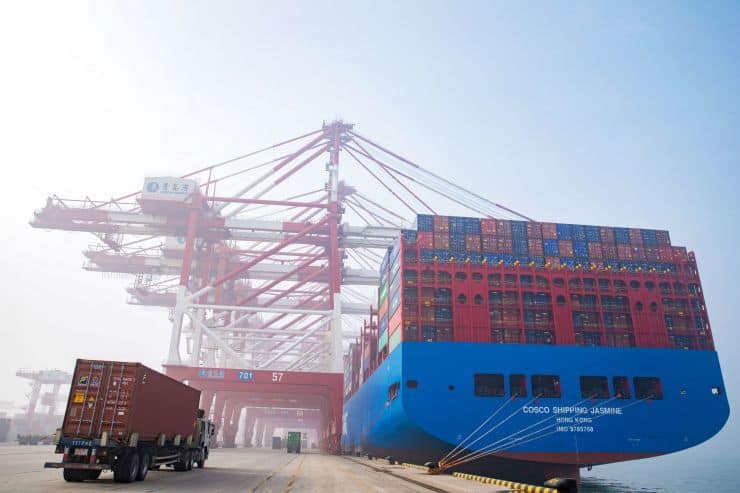
The ‘C’ is an indicator of the ratio of battery size to charging power. At 1C, an 80 kWh battery can be charged with a maximum of 80 kW. At 6C, the same battery can theoretically be charged with six times the charging capacity, meaning up to 480 kW. The first Chinese electric vehicles are currently being offered with 5C batteries, such as the Li Mega from Li Auto or the current version of the Zeekr 001. Both have batteries from CATL on board, which should theoretically be able to charge up to 500 kilometres in twelve minutes, although the maximum charging power of these batteries should only ever be available for a short time.
As reported by the CN EV Post portal, CATL is currently developing a 6C variant of its Qilin battery. This is expected to be presented in the second half of the year. Competitor BYD is also rumoured to want to follow suit. However, the launch of the next generation of blade batteries is probably planned for the second half of the year before a 6C battery could also be launched. This was reported by 36kr, citing a source close to BYD.
It should be possible to increase the charging capacity through improvements in the cell chemistry and the design of the heat dissipation system. However, it is not enough to think only in terms of the battery or the vehicle. The chargers must also offer the appropriate charging performance. Currently, charging stations that support 4C or 5C are still rare – even in China.
























